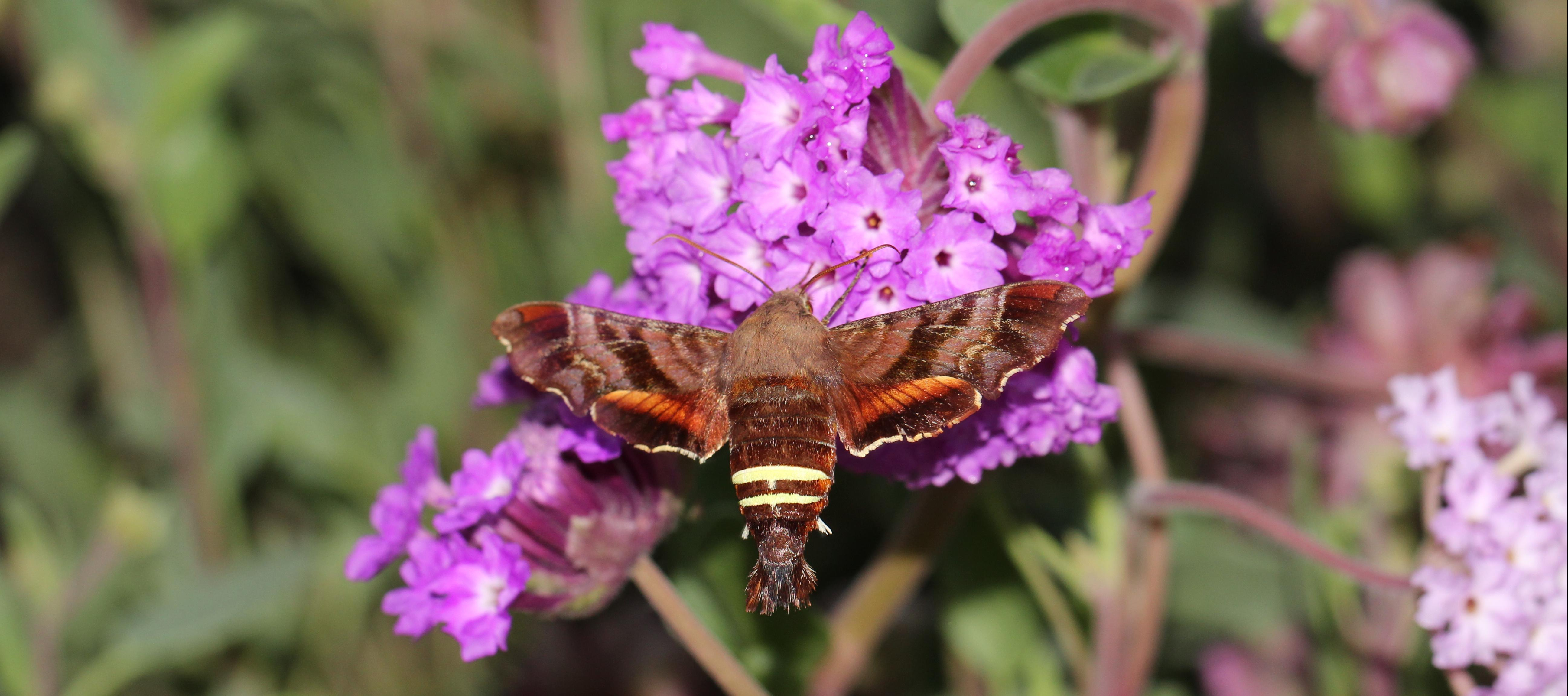The sand verbenas - Abronia and Tripterocalyx (Nyctaginaceae) - are a fascinating radiation of plants in Western North America. Most live in sand dunes, but others grow other equally difficult substrates such as gypsum. They range from sea level on beaches to near the alpine zone in the Sierra, Rockies, and Basin Ranges. Many are exceedingly rare; a few species have < 5 populations in currently extant.
There is a rich tradition of studying a few coastal species of Abronia - Darwin and Asa Gray corresponded about them and far more recently, the Eckert Lab has done excellent work on A. umbellata, and Tom Kaye has done very successful restoration work on the same species. However, most of the diversity occurs in the Great Basin and southwestern deserts and these species are almost completely unstudied.
With the help of a fantastic group of collaborators and an NSF PRFB fellowship, I have been studying various aspects of the ecology and evolution of this group. These collaborators include Marjorie Weber (Michigan State), Caroline Edwards (Indiana), Michael Moore (Oberlin), Sonia Nosritinia (Berkeley), Micah Freedman (Chicago), and Rick Karban (Davis). So far, we have published two papers about a novel defensive strategy (sand entrapment) in this group; many more studies are forethcoming!
Identification resources on the group are scarce - a 100+ year old key and the FNA treatment, which has several outdated taxa on it now. I have written a brief - draft - field key to the group and would love it if folks tried it out and sent me feedback!
Defense against herbivores: The majority of species are sticky and entrap sand, which defends them against most herbivores. Herbivores feeding on sandy Abronia foliage suffer worn mandibles, reduced growth rate, and longer development times; unsurprisingly, when given the choice, they prefer not to feed on sandy foliage. (Read more in LoPresti and Karban 2016, Ecology, and LoPresti et al. 2018 Ecological Entomology.) Our current work on defense focuses on evolution of defensive strategies and trade-offs between physical and chemical defenses.
Conservation: An alarmingly high proportion of the ~27 species are rare, Ruth Wilson in 1972 presciently noted in a section called "disappearing species" that "Perhaps [Abronia species] will vanish completely from the major portions of their ranges because of housing and industrial projects, recreation facilities, agriculture, or grazing". Three decades later, one species is on the endangered species list, two are confined to one or few scattered populations along single water bodies, and at least six species are state-listed in one or more states. I am working on collecting and maintaining living collections of these rare species to learn more about their ecology and husbandry requirements as well as to generate a stock of seed.
Pollination: Most species of sand verbena are self-incompatible, and thus, are obligate outcrossers. However, degrees of autogamy have evolved several times within the clade. A very interesting paper by Laura Doubleday (Doubleday et al 2013, American Journal of Botany) showed that selfing populations of Abronia umbellata had smaller flowers and reduced volatile emissions compared to outcrossing populations. Micah Freedman (UC-Davis), an accomplished chemist, Caroline Edwards (Oberlin/MSU), Michael Moore (Oberlin), Marjorie Weber (MSU) and I took volatile profiles of most species, and coupled with ongoing phylogenetic and morphological data, we will examine these evolutionary changes across the several evolutionary origins of self-compatibility in the genus.
Dispersal: Sand verbena achenes are wind-dispersed via rolling, however, wings are very variable both within and among species (in fact, one species is heterocarpic - producing winged and nonwinged achenes within an infructescence!!!). Using field collected fruit, I performed laboratory dispersal assays, with the help of a large fan, to get a relative dispersal kernel for each species. I also have quantified dispersal across transects in a couple species and will gather more data to put into an evolutionary context.
If you are interested in studying Abronia, I would love to hear from you - I have openings in my lab for graduate students (masters or phd level), with many projects possible in this system, and would love new collaborators on many aspects of Abronia ecology and evolution; the more people with diverse interests and skills studying them, the richer all of our understanding will be!

